
Guttate psoriasis is a skin condition characterized by specific skin changes that develop in a form of small, drop like, salmon-pink papules. These are approximately 1-10 mm in size and covered with a fine scale. Even though this form of psoriasis generally affects the trunk and the proximal portion of extremities, in some cases the skin changes develop on the entire body. The initial skin lesions develop during the first month of the disease. There is no progress in the second month. Guttate psoriasis enters remission in the third month after the onset of the disease.
Guttate psoriasis predominantly affects people younger than 30 years of age. It may be (and in majority of cases actually is) related with previous upper respiratory tract infection caused by group A beta-hemolytic streptococci. In children, the disease develops after Streptococcal perianal dermatitis. However, the person can develop guttate psoriasis even if he/she has not previously had any infection.
Why does Guttate Psoriasis Occur?
Because many cases of guttate psoriasis develop after infection caused by streptococcal infections, experts believe that this infection represents a trigger factor. The immune system reacts towards the infection and also initiates the onset of psoriasis in genetically susceptible hosts. Chromosome 6 is linked to this type of psoriasis and some studies indicate that being HLA-Cw*0602 positively increase the chance of developing the disease.
Clinical Characteristics of Guttate Psoriasis
The disease starts suddenly and patient's trunk and proximal part of the extremities soon get covered with multiple papules. The affected skin is slightly itchy.
After examining patient's history doctors often confirm a recent history of streptococcal infection of the respiratory tract (which has occurred within the period of 2-3 weeks before the onset of psoriasis). In children there may be recent perianal streptococcal infection.
Apart from Streptococci there are a few more microorganisms that may be related to the onset of guttate psoriasis. These include Staphylococcus aureus (bacterium), Malassezia and Candida (fungi) and certain viruses such as human papillomavirus, Retroviruses and human endogenous Retroviruses.
It is also possible for the condition to develop after intake of certain medications such as lithium, beta-blockers, immunomodulatory drugs, antimalarial drugs and NSAIDs.
Finally, a positive family history increase the risk for the disease.
Prognosis of Guttate Psoriasis
In many cases the skin lesions withdraw and never reoccur. On the other hand, some individuals may end up with chronic plaque-type psoriasis after the initial attack.
The condition generally improves during summer months and aggravates during the winter. It is essential to pay close attention and minimize skin trauma (scratching, vigorous rubbing etc.) as much as possible. This way an individual may prevent formation of new skin lesions.


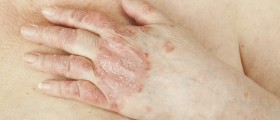

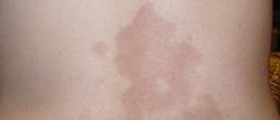
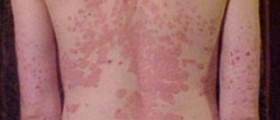


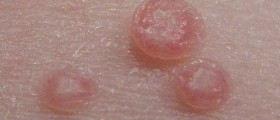

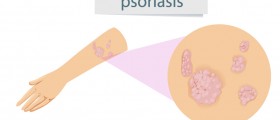

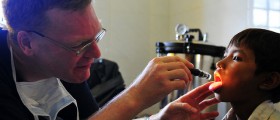
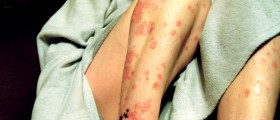



Your thoughts on this
Loading...